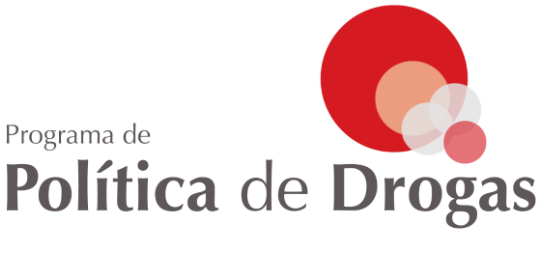The Spatial-Temporal Pattern of Policing Following a Drug Policy Reform: Triangulating Self-Reported Arrests With Official Crime Statistics
Abstract
Background: In 2009, Mexico enacted a drug policy reform (Narcomenudeo) designed to divert persons possessing small amounts of illicit drugs to treatment rather than incarceration. To assess reform impact, this study examines the spatial-temporal trends of drug-related policing in Tijuana, Mexico post-enactment.
Method: Location of self-reported arrests (N = 1,160) among a prospective, community-recruited cohort of people who inject drugs (PWID) in Tijuana (N = 552) was mapped across city neighborhoods. Official police reports detailing drug-related arrests was triangulated with PWID self-reported arrests. Exploratory spatial data analysis examined the distribution of arrests and spatial association between both datasets across three successive years, 2011-2013.
Results: In 2011, over half of PWID reported being detained but not officially charged with a criminal offense; in 2013, 90% of arrests led to criminal charges. Official drug-related arrests increased by 67.8% (p <.01) from 2011 to 2013 despite overall arrest rates remaining stable throughout Tijuana. For each successive year, we identified a high degree of spatial association between the location of self-reported and official arrests (p <.05).
Conclusion: Two independent data sources suggest that intensity of drug law enforcement had risen in Tijuana despite the promulgation of a public health-oriented drug policy reform. The highest concentrations of arrests were in areas traditionally characterized by higher rates of drug crime. High correlation between self-reported and official arrest data underscores opportunities for future research on the role of policing as a structural determinant of public health.
Descarga el archivo aquí
Enlace directo aquí
Más Vistos
- The “War on Drugs” in Mexico: (Official) Database of Events between December...
- La metanfetamina y el CJNG. Análisis de una reconfiguración del mercado de...
- Deadly force and denial: the military's legacy in Mexico's ‘war on drugs’
- Age-specific rates of onset of cannabis use in Mexico
- Fragmentation and cooperation: the evolution of organized crime in Mexico
Más Recientes
- The Connection Between Drug-Related Detentions and Drug-Related Violence:...
- “Resulta aberrante su actuar”: Mujeres acusadas de delincuencia organizada
- Where there is smoke, there is fire? Making sense of the past failure and future...
- Civil Society Organizations and Harm Reduction Policy: The Mexican Case
- How frequent and visible criminal violence affects housing prices: evidence from...

